Back in 1866, the phrase “Eat an apple on going to bed, and you’ll keep the doctor from earning his bread,” was published in a magazine for the first time. Since then, it has evolved into the more familiar: “An apple a day keeps the doctor away.” And while it may seem oversimplified, the crux of this old saying still stands up today. Essentially, it means: eat nutritious foods to help you remain in good health.
While apples are a good source of fiber, antioxidants, vitamins, and minerals, they are just one example of a nutritious plant-based whole food. Other examples include leafy greens, like spinach and kale, root vegetables like carrots and sweet potatoes, as well as nuts, seeds, beans, legumes, and tofu. All of these foods are nutritious, minimally processed, and examples of what can be eaten on a whole food, plant-based diet, which is also commonly referred to as the WFPB diet.
Here we take a closer look at what the WFPB diet is, its benefits, and some of the nutritious recipes you can enjoy if you choose to give it a try.
Unsplash
Table of Contents
What is a whole food plant-based diet?
While it may sound complicated, a WFPB diet is actually very simple to follow. Essentially, it involves keeping processed foods to a minimum and eliminating animal products, while filling up your plate with whole foods like vegetables, fruits, legumes, whole grains, and nuts. It’s important to note that ingredients don’t always have to be fresh. Shelf-stable foods, like canned beans, can also be part of a WFPB diet, and they’re often more affordable, too.
Is a whole food plant-based diet different than a vegan diet?
Veganism is a lifestyle that excludes the consumption of animal products as much as possible. For that reason, many vegans choose to follow a WFPB diet, as it does not include any animal ingredients. But that said, not all vegans follow this diet. Many foods, like French fries or Beyond Burgers, for example, are vegan, but as they are processed, they are not examples of whole foods.
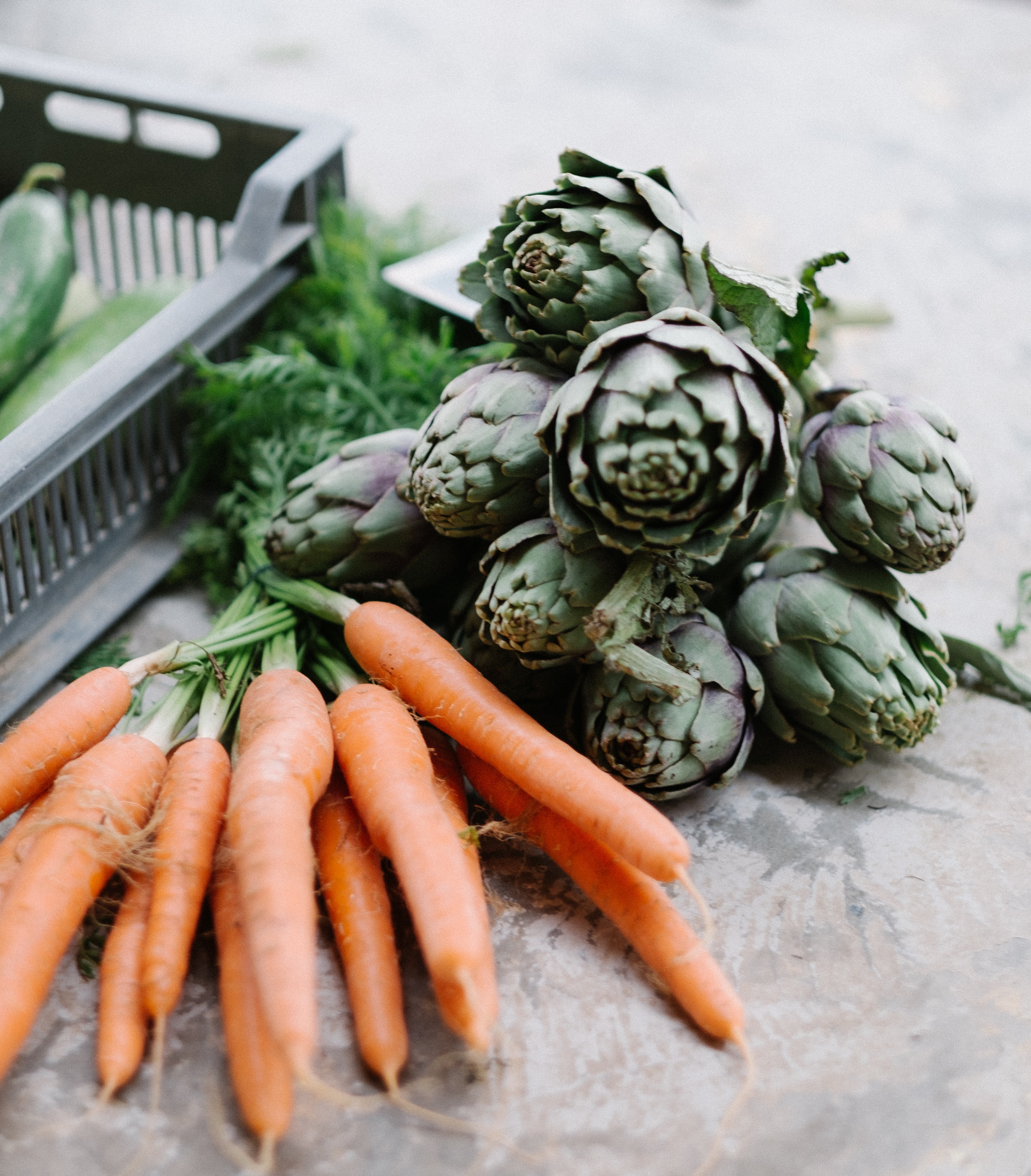 Pexels
Pexels
Whole food, plant-based diet benefits
A wide body of research confirms that a WFPB diet is one of the healthiest ways to eat. It is associated with a lower risk of a number of chronic diseases and conditions, including heart disease, type 2 diabetes, and different types of cancer.
A key reason why a WFPB diet is healthy is that it is rich in fiber, says registered dietitian Ashley Kitchens, MPH, RD, LDN, who is also the owner of the plant-based platform Plant Centered Nutrition. “Fiber can help regulate blood sugar levels, normalize bowel movements, lower cholesterol levels, and keep your colon healthy,” she explains. “Whole food plant-based eaters consume about three times more fiber than someone following the standard American diet.”
Dima Salhoobi, RD, CDN, MS, who owns Fresh Nutrition Counseling, agrees. She adds that whole food ingredients are a good natural source of vitamins and minerals, which helps to keep our bodies nourished and healthy. Antioxidants, for example, like vitamins C and E, help to neutralize free radicals in the body. (Research suggests that free radicals are dangerous compounds, which may play in role in the development of diseases.) “Disease prevention and healthy living start with simple swaps of ingredients at home,” Salhoobi explains. “It is the simple decisions that we make every day in our life, with regards to what goes in our body, that can be either detrimental to our health or in favor of our health.”
But nutrition aside, because it avoids animal products, a WFPB diet also has environmental benefits. Animal agriculture (particularly because of cattle farming and the animal feed industry) is a leading cause of deforestation and wildlife habitat destruction, for example. The entire livestock sector also emits 14.5 percent of global greenhouse gasses and pollutes waterways, which impacts communities and underwater ecosystems. Plus, it harms billions of animals, most of which spend the majority of their lives in cramped, dirty, industrial factory farm conditions.
This is why, for many, a WFPB diet is not just a diet, but also a conscious lifestyle choice, which helps to minimize harm to the planet and other animals.
What can you eat on a whole food, plant-based diet?
While a WFPB restricts certain foods, it is far from limited. In fact, it includes a wide range of ingredients that are delicious, nutritious, and versatile, too. Here are just a few key examples of the types of foods you can eat on a WFPB diet.
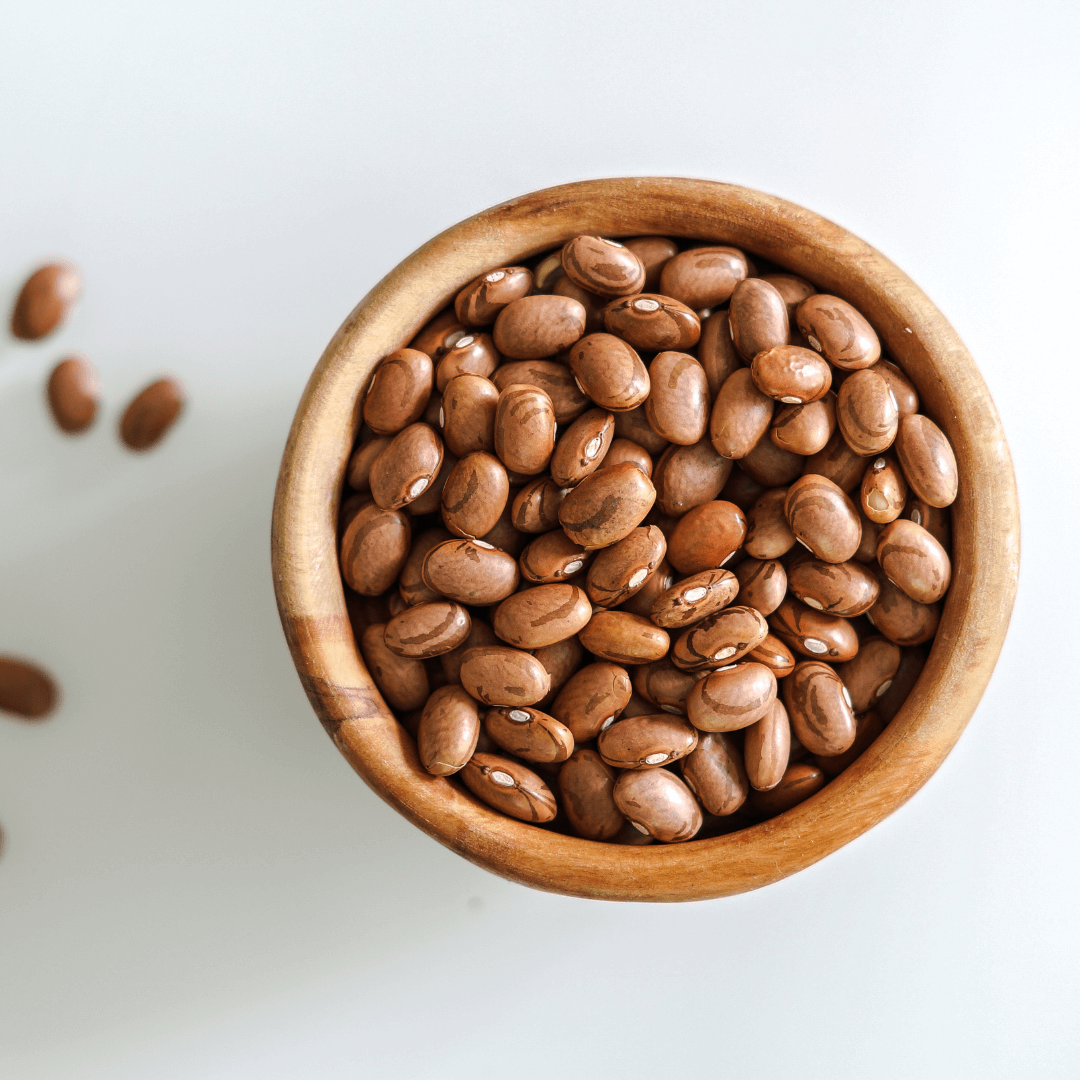 Canva
Canva
1 Beans & legumes
Beans and legumes, like kidney beans, chickpeas, lentils, peas, and black beans, are a good source of protein, as well as fiber, calcium, zinc, and B vitamins. They’re also filling, low in fat, and incredibly versatile. Take the simple chickpea, for example. This ingredient can be enjoyed on its own, roasted, smashed into hummus, or mixed together with a bit of seaweed to create tasty chickpea tuna. The options are endless.
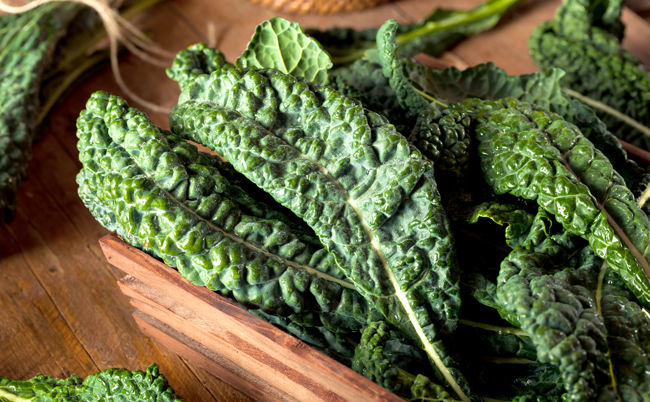 Getty Images
Getty Images
2 Leafy greens
Spinach, kale, bok choy, cabbage, and collard greens are just a few examples of the types of leafy greens you can enjoy on a WFPB diet. They are good sources of calcium, as well as vitamin K, vitamin C, vitamin A, and folate. Leafy greens can form the basis of a number of WFPB dishes, including delicious salads and stir-fries. Take this vegan stir fry recipe, for example, which calls on bok choy as the star ingredient.
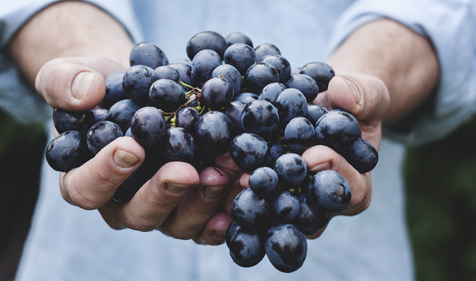 Unsplash
Unsplash
3 Fruits
From berries to citrus, fruits are loaded with antioxidants, vitamins, and dietary fiber, and are an important and nutritious addition to a WFPB diet. It’s important to point out here though that store-bought fruit juices are not considered whole foods, and that’s because they have been processed. Plus, they are also usually high in sugar, too. However, you can still enjoy fruits in liquid form. Homemade smoothie recipes, for example, often use whole food ingredients, like this vegan blueberry smoothie jar.
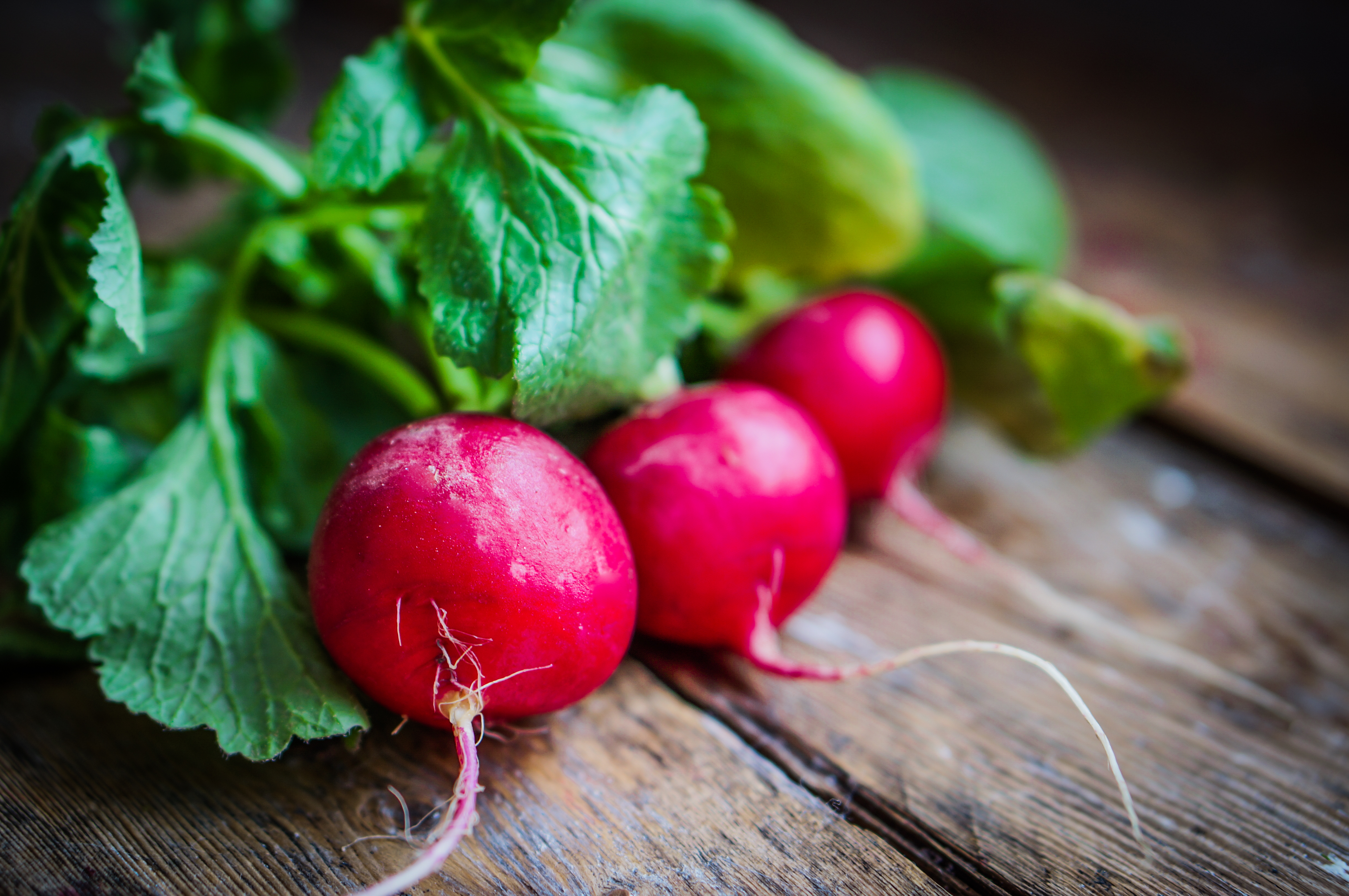 Getty Images
Getty Images
4 Root vegetables
Like many other examples on this list, root vegetables, like carrots, radish, beetroot, and sweet potato, are packed with vitamins, fiber, and antioxidants, like carotenoids, which help to maintain immune system function and eye health. From sweet to savory, root vegetables can form the basis of many WFPB recipes, including the fall classic, sweet potato pie.
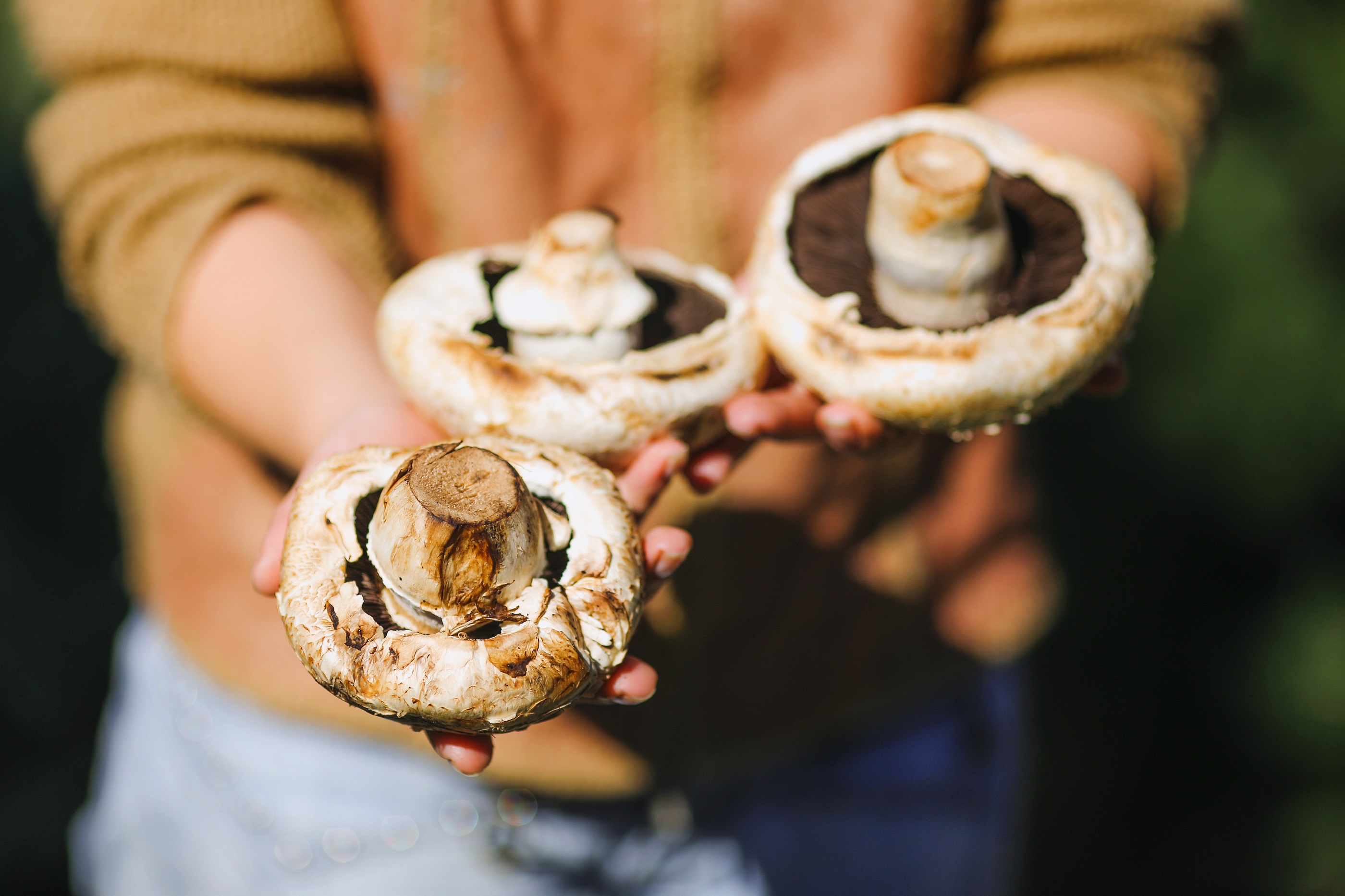 Unpslash
Unpslash
6 Mushrooms
For those who love a meaty texture, mushrooms, especially king oysters, shiitake, and portabello varieties, are a great WFPB alternative to animal products. They can be swapped into dishes like tacos, stir-fries, and whole-grain risotto in order to get that meaty taste and mouthfeel. Plus, they’re nutritious, as they’re rich in B vitamins like riboflavin, niacin, and pantothenic acid, as well as fiber, potassium, and vitamin C.
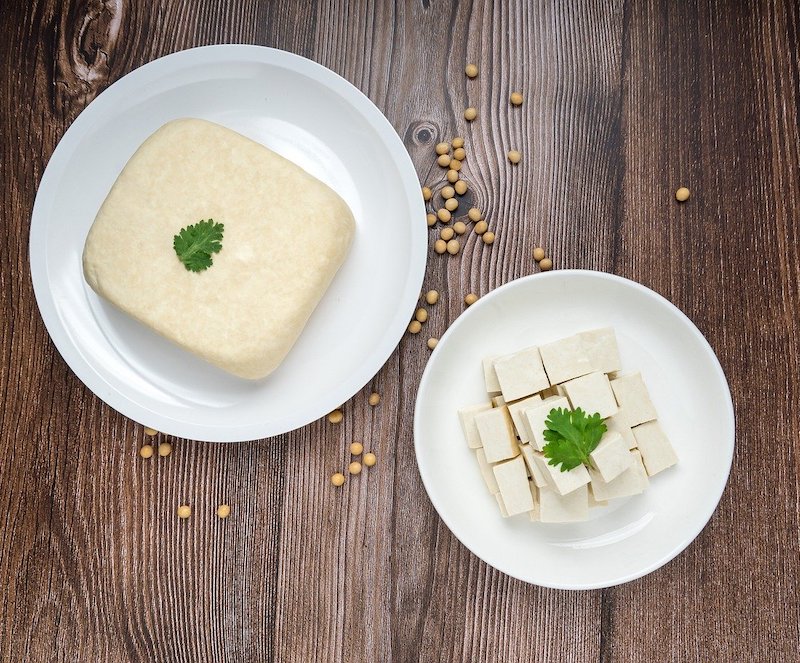 Unsplash
Unsplash
7 Tofu & tempeh
Tofu and tempeh are also nutritious alternatives to meat. Both are derived from soy and packed with protein. Per 100 grams, tempeh contains roughly 19 grams of protein, for example, and tofu contains around 8 grams. While tempeh and tofu are processed, it is only a minimal amount, so many people who follow a WFPB diet still choose to enjoy them.
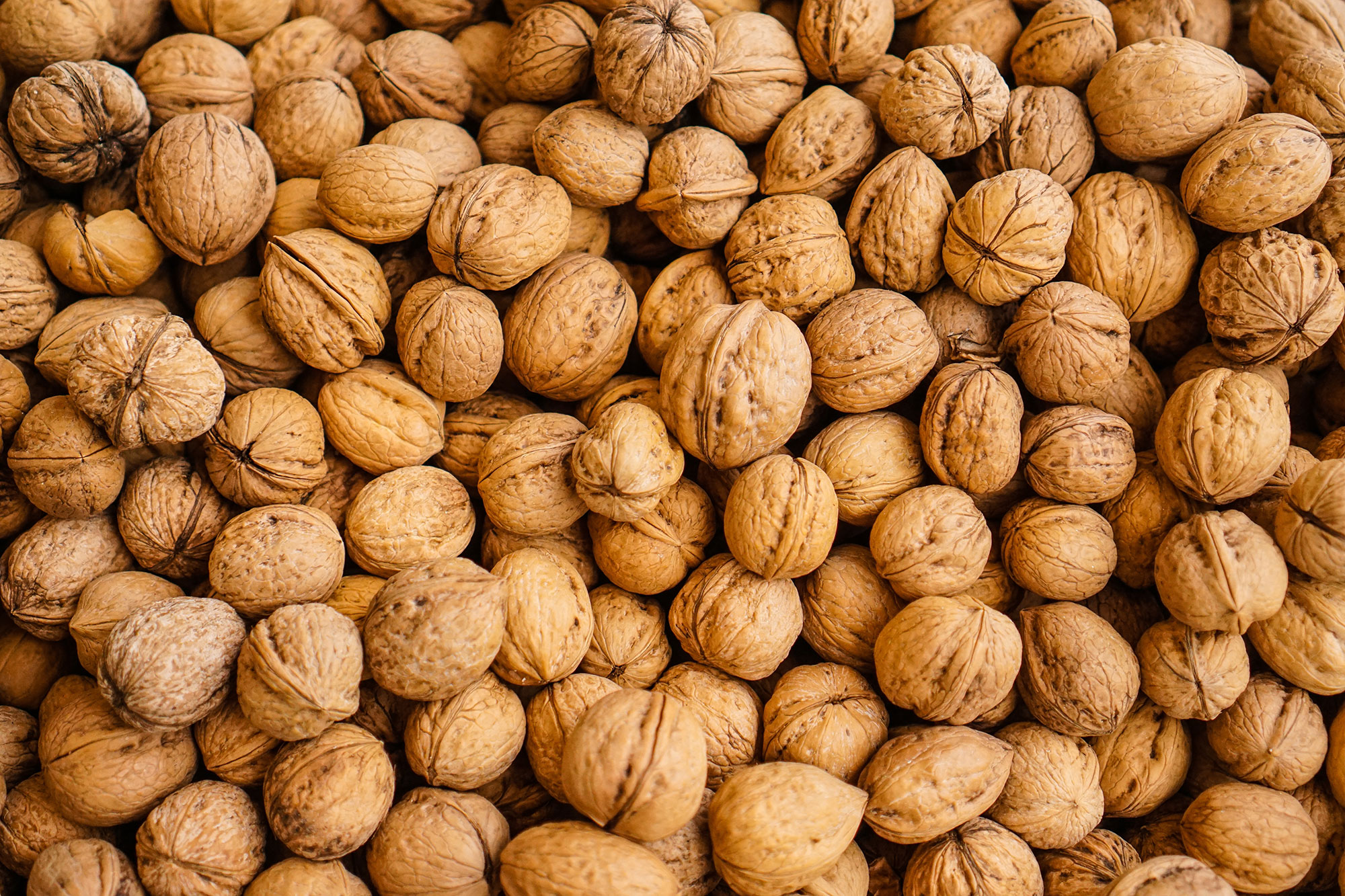 Unsplash
Unsplash
8 Nuts, seeds, & grains
Nuts, seeds, and grains are also sources of protein on a WFPB diet. Whole grains, like oats, for example, are also rich in vitamin E and fiber, and research suggests they can also lower cholesterol levels, too. Likewise, seeds, like chia and flax, and nuts, like walnuts, contain fiber. Plus, they’re a great source of healthy fats, like omega 3, which help to support heart health. In fact, just 10 whole walnuts contain nearly 2 grams of omega 3.
Whole food, plant-based recipes
Cooking on a WFPB diet can be as easy or as creative and complicated as you want it to be. And whatever your preference, whether you’re a curry connoisseur or you’ve got a super sweet tooth, you’ll be able to find a wealth of recipes for you. To get you started, here are just a handful of examples of the types of dishes you can enjoy.
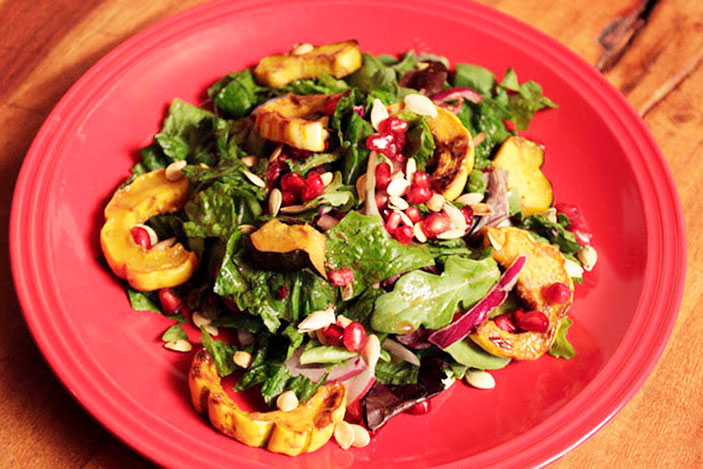 Plant Based Cooking
Plant Based Cooking
1 Roasted Squash Salad with Pomegranate and Pepitas
Gone are the days when salads were seen as boring side dishes. This delicious, vibrant salad combines pomegranates, for a boost of subtly sweet, zesty flavor, with savory, roasted squash for a flavor profile you’ll crave long after you’ve taken your last bite
Check it out
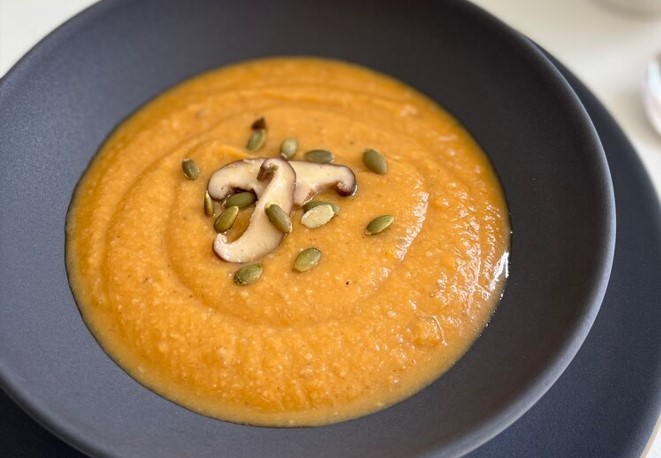 Betsy Freeman
Betsy Freeman
2 Shiitake Mushroom and Butternut Squash Soup
Colder weather calls for a hearty savory soup, and this recipe will not disappoint. The blend of shiitake mushrooms, garlic, and butternut squash will not only warm up your insides but also treat them to a burst of vitamins and minerals. Plus, it’s simple to make and relatively quick, too.
Check it out
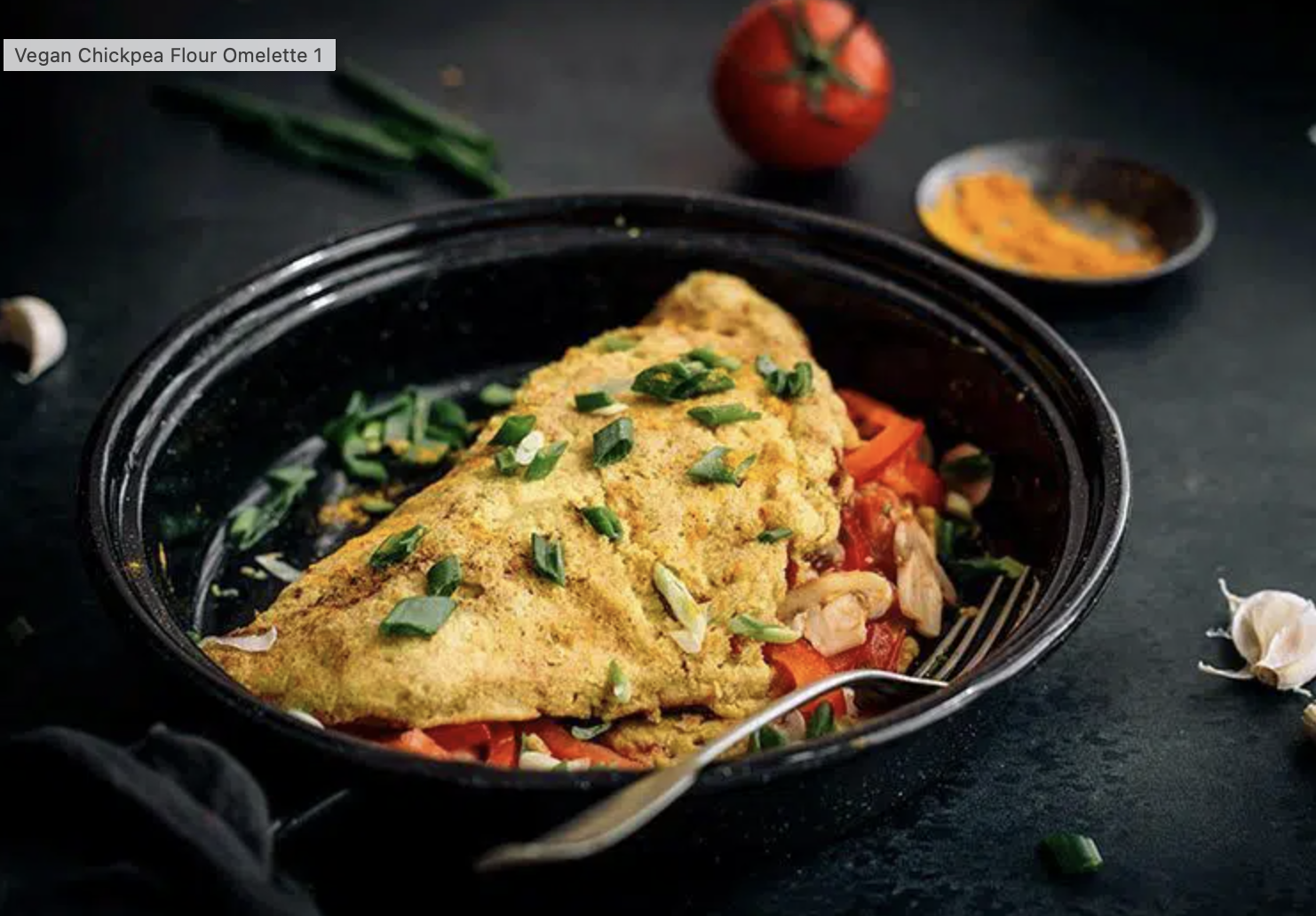 Nutriciously
Nutriciously
3 Chickpea Flour Omelette
When it comes to breakfast or brunch, there is no rule that says eggs have to be involved. This recipe, which combines chickpea flour, turmeric, spices, and vegetables, among other plant-based ingredients, proves that animal-free omelets can be delicious, too.
Check it out
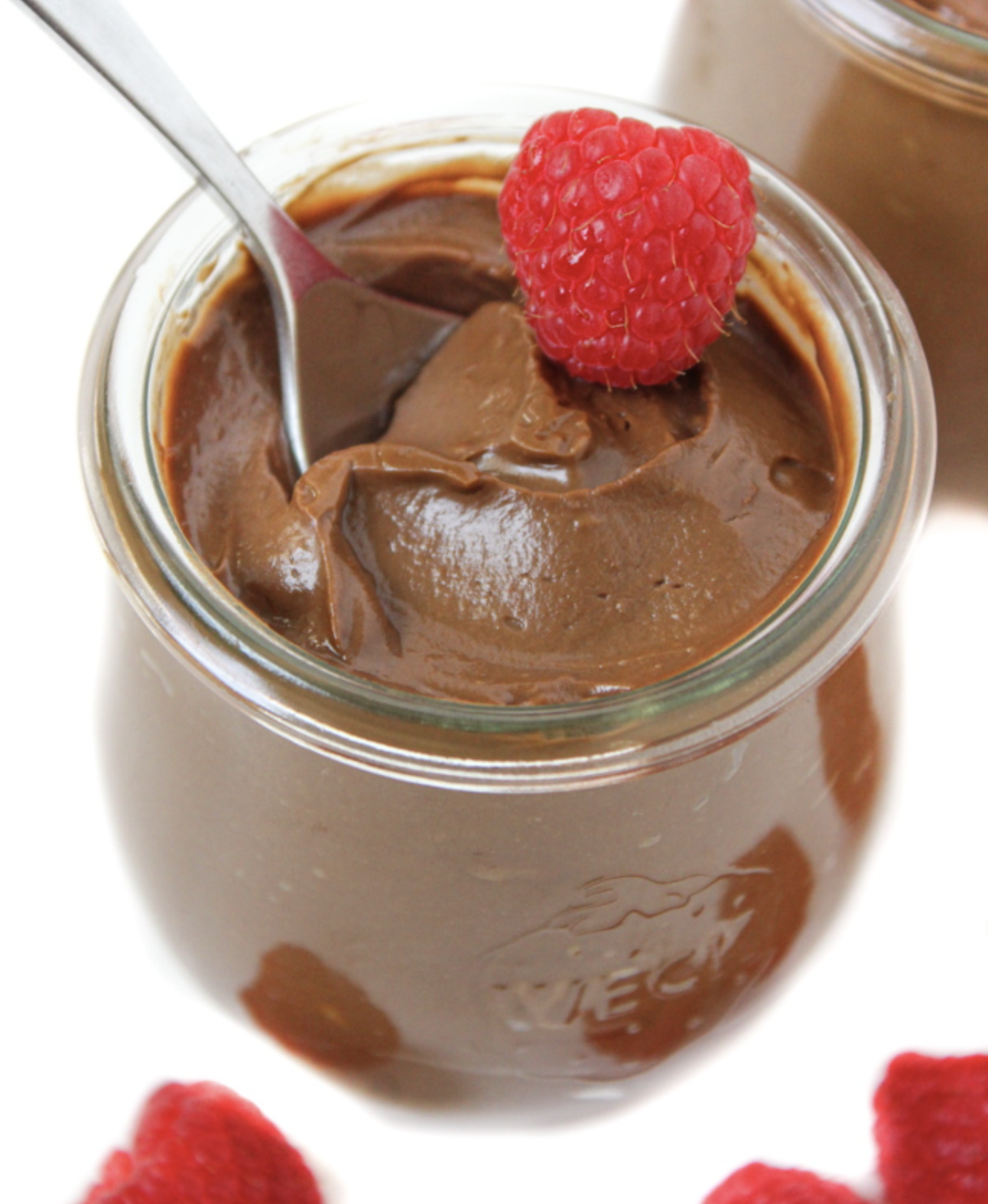 The Garden Grazer
The Garden Grazer
4 Avocado Chocolate Mousse
Yep, you read that right—you can indulge in chocolate mousse on a WFPB diet. In fact, it’s just one of many sweet treats that can be made with only plant-based ingredients. Don’t be put off by the avocado, you can barely taste it, but it does help to create a deliciously creamy and indulgent texture.
Check it out
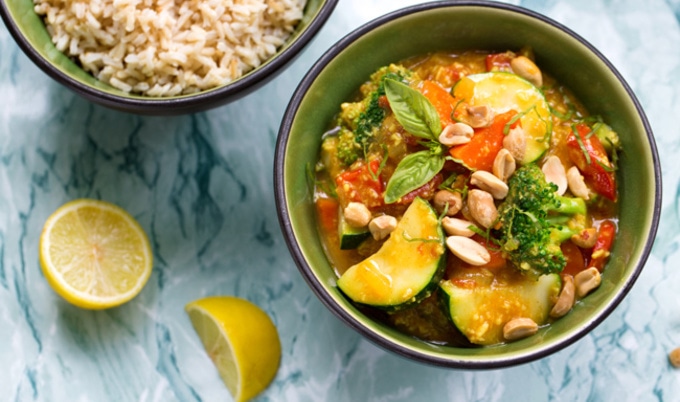 Ken Bergeron
Ken Bergeron
5 Thai Vegetable Curry
If you thought you’d have to sacrifice your favorite recipes on a WFPB diet, you’ll be thrilled to know that’s not the case. With just a few simple tweaks, a number of much-loved dishes, like this creamy Thai vegetable curry, can be made with only whole food ingredients.
Check it out



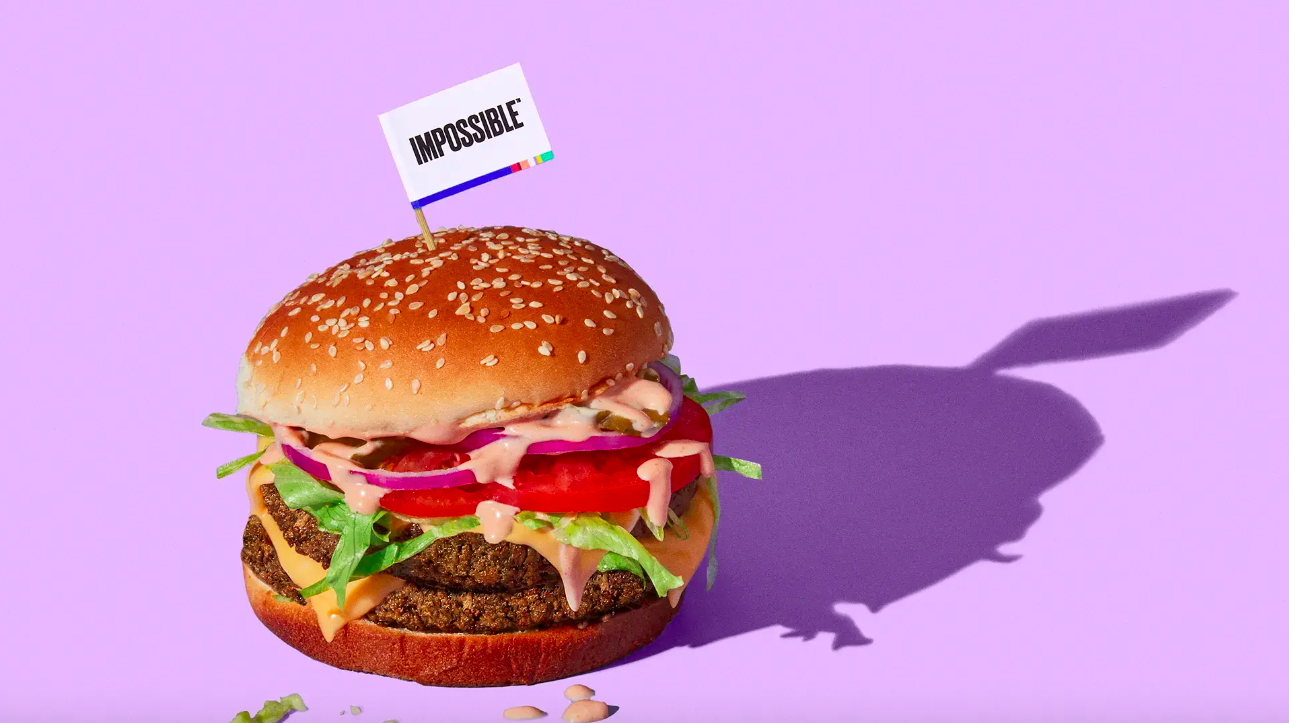
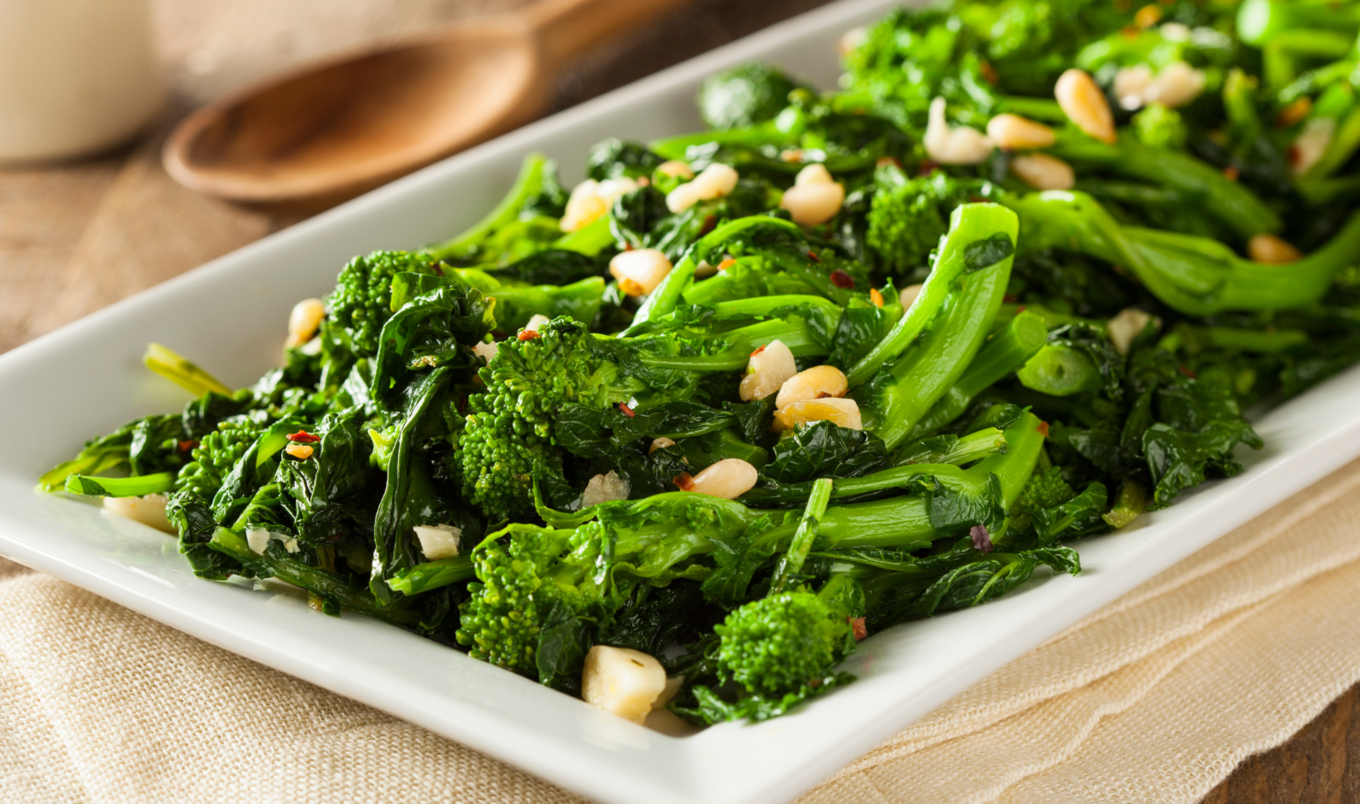


.jpg?sha=1491c255b49d3e03)